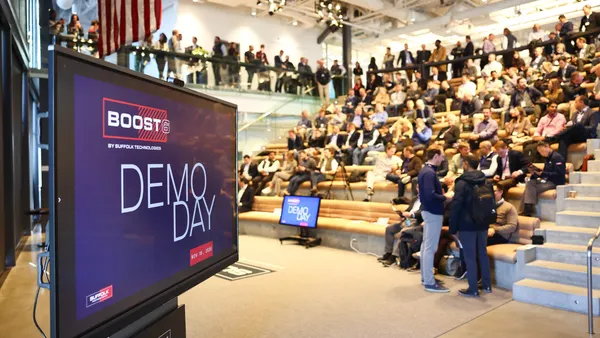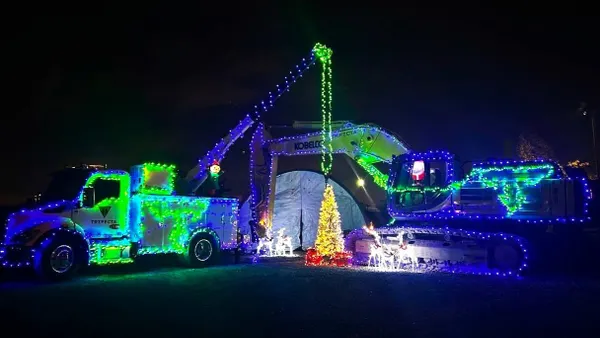Dive Brief:
- Offsite design-build company Katerra and India-based manufacturing technology company KEF Infra have announced a merger that will see the newly formed KEF Katerra begin conducting operations in India and the Middle East. KEF Katerra, according to MEP Middle East, already has $3.7 billion in bookings.
- Both companies use offsite manufacturing and technology as part of the "end-to-end" building services they provide. KEF Infra also uses robotics and automation in its manufacturing business and produces items like pre-cast concrete, prefabricated bathroom pods and aluminum and glazing facades. Katerra said it will also employ KEF Infra's pre-cast technology in the U.S. market.
- In addition to housing, the company will focus on building community infrastructure assets like hospitals and schools. Post-merger Katerra will have a total of 20 offices and 3,400 employees around the world.
Dive Insight:
Earlier this month, Katerra sealed the second of two acquisition deals in as many weeks. Those transactions, intended to increase the companies' design capabilities in the U.S., saw the company enter into agreements with Portland, Oregon-based Michael Green Architecture and Lord Aeck Sargent in Atlanta. After those deals were complete, Katerra had 31 U.S. state architecture licenses plus credentials in British Columbia and Alberta, Canada, and saw its staff size double. Green's area of expertise is in the use of mass timber, and it designed the T3 mass timber office building in Minneapolis. One of Lord's focuses is sustainable, urban projects.
In addition to its plans for growth through mergers and acquisitions, Katerra also said it would open six manufacturing plants by March 2019, including a Spokane, Washington, facility that will produce mass timber. The 250,000-square-foot plant is expected to generate 4.6 million cubic feet of cross-laminated timber annually. The five other Katerra plants will manufacture standard wood panels and trusses.
Offsite construction could help to ease the burden that the labor shortage continues to place on contractors and developers. The method allows some construction processes to take place in parallel with building activity onsite, cutting schedules and reducing the need for jobsite craft workers.
Modular construction is also an offsite process and can reduce the need for skilled labor even more by delivering entire building sections, like bathrooms and hotel rooms, to the site ready for crews to put in place. Another benefit of offsite construction is that it is often safer. Building in a factory setting brings employees out of the weather and lets them carry out most tasks at ground level or near-ground level, reducing the chance of falls.












